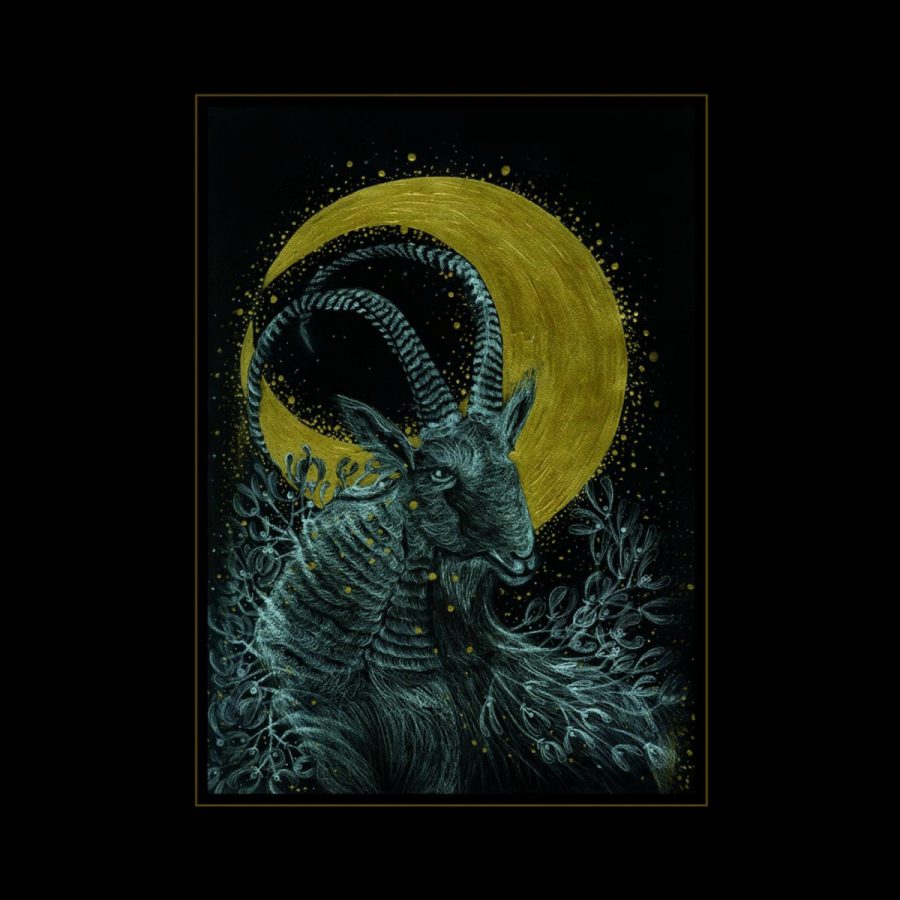Artist: SiJ & Item Caligo
Album title: Queer Reminiscence
Release date: 31 March 2017
Label: Reverse Alignment
Tracklist:
01. So Terrible To Contemplate
02. Queer Reminiscence
03. Her Soul Involuntarily Yearned For Rest
04. If Our Hope Not Fades
05. Tranquility of Mind
06. It Was Good To Destroy Once Again
07. Life Loves Your Pain
08. Oblivion is the Reward of the Former
This new collaboration is an excellent example of dark ambient/neo-classical collaborations gone right. SiJ and Item Caligo are both known for their sounds that often float from ambient, to dark ambient, to neo-classical, and then back again. As is to be expected of these two artists, we have a nice combination of drone, piano, and various other lesser elements. SiJ and Item Caligo combine to craft a sound that is undeniably listenable. There is nothing harsh here, at many times its not even particularly dark.
 Tracks like “It Was Good To Destroy Once Again” showcase a lot of the diversity presented. There are moments when the track is peaceful, with gently sweeping drone-work. Yet, as it progresses it moves into areas of looping and a faint but steady percussion. Reminding of something which generally falls into more experimental and ambient musical outings. It can be something almost akin to the sounds of some artists on the Ultimae or Glacial Movements labels, with their minimalistic yet structured usage of percussion and drones. The cold feeling Queer Reminiscence evokes is another reason to make this connection to Glacial Movements.
Tracks like “It Was Good To Destroy Once Again” showcase a lot of the diversity presented. There are moments when the track is peaceful, with gently sweeping drone-work. Yet, as it progresses it moves into areas of looping and a faint but steady percussion. Reminding of something which generally falls into more experimental and ambient musical outings. It can be something almost akin to the sounds of some artists on the Ultimae or Glacial Movements labels, with their minimalistic yet structured usage of percussion and drones. The cold feeling Queer Reminiscence evokes is another reason to make this connection to Glacial Movements.
The pervading themes throughout Queer Reminiscence are melancholia and frigid temperatures. One can easily find themselves imagining a winter spent in some cold and isolated region, sitting beside the hearth in a tiny log cabin. This feeling of isolation will bring on a sense of longing for the past or some idealistic yet unwritten future. The sadness of Queer Reminiscence is woven into the music. There are no blatant cues to direct one’s emotions in any certain direction nor are their any noticeable field recordings.
 This hypnotic suggestion stems from the pure minimalism on Queer Reminiscence. There certainly are some active elements here, as already mentioned about the percussive sections peppered through the album. Yet, this variety of styles and instrumentation still hold a stripped down and minimal feel because of the sparing use and perfect placement of the various sounds. Unlike so many collaborative albums in the ambient realm, Queer Reminiscence makes it extremely hard to label any specific sounds to the musician responsible for the sample. There is never the moment where one thinks, “oh, this is certainly done by SiJ and not Item Caligo“. This is a testament to their individual skills and their years of experience writing music. But it is, even more so, a sign of their natural connection. They don’t seem to be fighting one another for the lead. They manage to give listeners the sense that Queer Reminiscence was created by one mind channeling its concepts into reality.
This hypnotic suggestion stems from the pure minimalism on Queer Reminiscence. There certainly are some active elements here, as already mentioned about the percussive sections peppered through the album. Yet, this variety of styles and instrumentation still hold a stripped down and minimal feel because of the sparing use and perfect placement of the various sounds. Unlike so many collaborative albums in the ambient realm, Queer Reminiscence makes it extremely hard to label any specific sounds to the musician responsible for the sample. There is never the moment where one thinks, “oh, this is certainly done by SiJ and not Item Caligo“. This is a testament to their individual skills and their years of experience writing music. But it is, even more so, a sign of their natural connection. They don’t seem to be fighting one another for the lead. They manage to give listeners the sense that Queer Reminiscence was created by one mind channeling its concepts into reality.
Queer Reminiscence is an album that should be pleasing to many diverse musical appetites. There is something here for the ambient fans, something for the dark ambient fans, and something else that naturally makes it accessible beyond these boundaries. Having fully focused their attention on concept over stylistic execution, SiJ and Item Caligo bring forth something beautiful and serene. It should be able to evoke a sense of longing from each listener, in their own personal way. This all leads to my suggestion that Queer Reminiscence is one of the strongest releases on Reverse Alignment since its revival. An album which could be recommended to almost anyone.
Photography by: Richard Walker
Written by: Michael Barnett


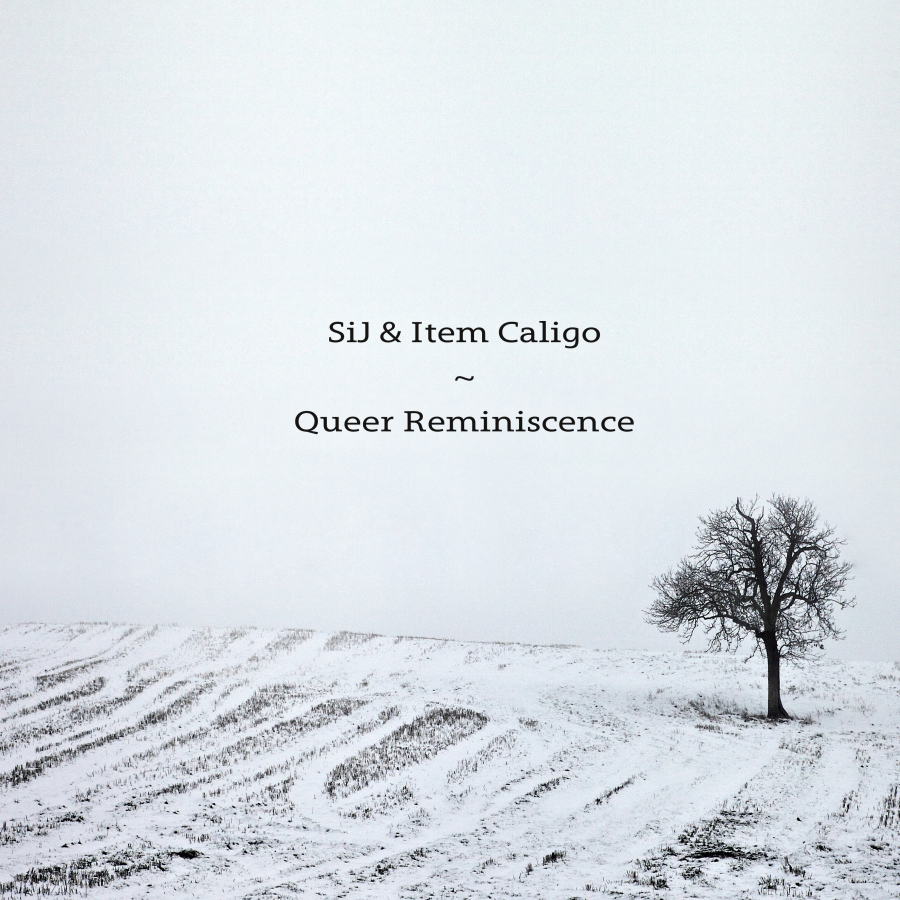
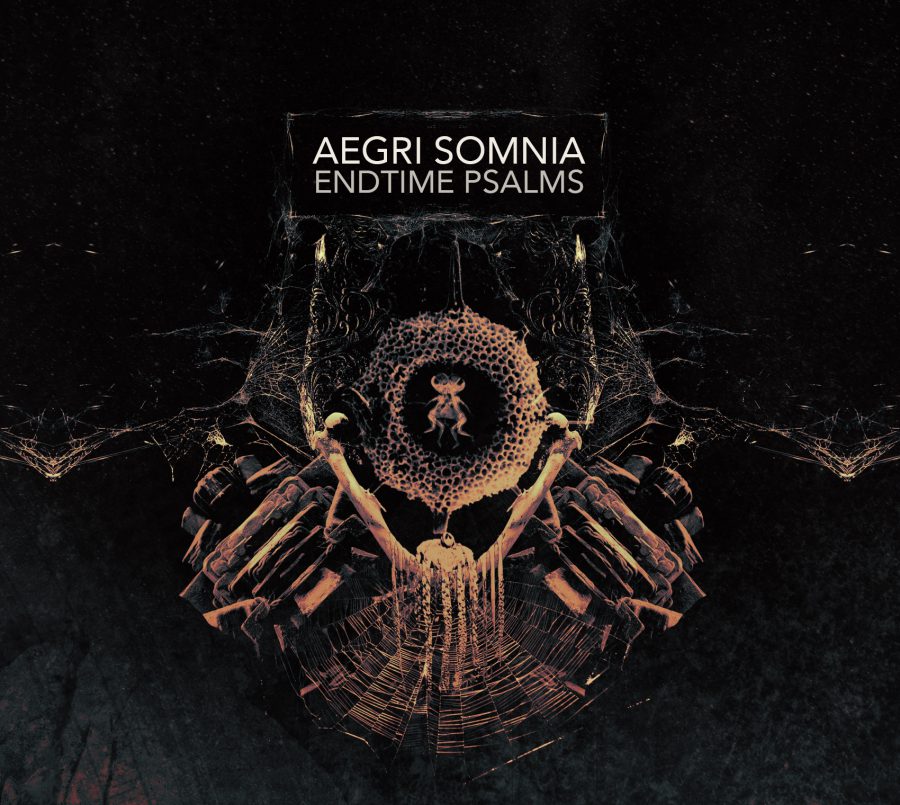
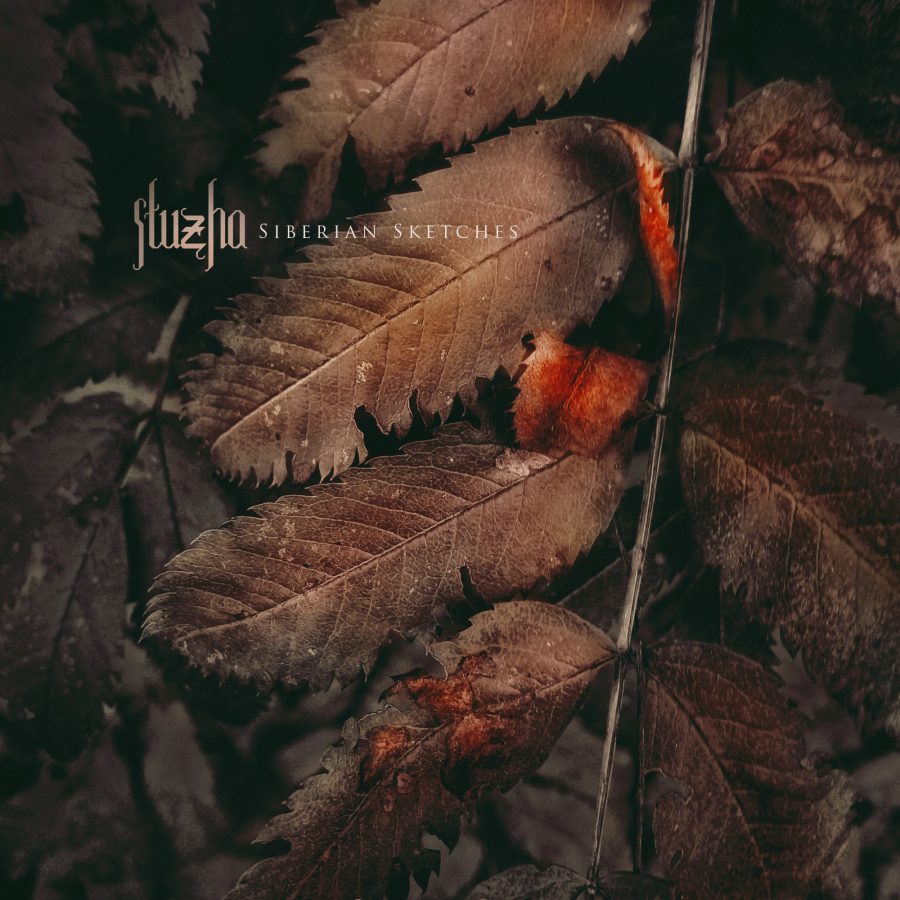
 From 2006 forward, Daniil Kazantsev, an artist from Novosibirsk, Siberia, began his journey into varied versions of ambient music. His initial project Algol, which is still active today, self-released Searching for Inner and Outer Void. To this day there are now six albums from Algol, making it his main project. There is also the nascent project, Black Wanderer, which should be making more news in the coming year.
From 2006 forward, Daniil Kazantsev, an artist from Novosibirsk, Siberia, began his journey into varied versions of ambient music. His initial project Algol, which is still active today, self-released Searching for Inner and Outer Void. To this day there are now six albums from Algol, making it his main project. There is also the nascent project, Black Wanderer, which should be making more news in the coming year. Siberian Sketches is sort of an ode to the landscape. Tracks like “Печаль [The Sadness]” and “Болотная Топь [Marsh Swamp]” beautifully accomplish this task. Both having sounds of running waters and rain. After the long Siberian winter, it becomes as likely that this is the melting run-off of snow as it could be some gentle brook, babbling and meandering through the chilly landscape.
Siberian Sketches is sort of an ode to the landscape. Tracks like “Печаль [The Sadness]” and “Болотная Топь [Marsh Swamp]” beautifully accomplish this task. Both having sounds of running waters and rain. After the long Siberian winter, it becomes as likely that this is the melting run-off of snow as it could be some gentle brook, babbling and meandering through the chilly landscape. Some points in the album can seem slightly disjointed. For instance, the use of field recordings depicting a person walking through the muddy landscape don’t sit well thematically alongside other sounds of traditional vocals and guitar, which should be presented in a static location. Logistical issues like this happen on several tracks. Yet, this is no reason to disregard the talents and technical prowess of Stuzha. He accomplishes plenty of beautiful work throughout Siberian Sketches. Also, we must remember that this album was originally released almost a decade ago. Stuzha has had much time to hone is talents over the years. One need look no further than his latest album Бутугычаг[Butugichag] to see that he’s learned from his past works and can now deliver an album which stays perfectly on topic and presents no inconsistencies.
Some points in the album can seem slightly disjointed. For instance, the use of field recordings depicting a person walking through the muddy landscape don’t sit well thematically alongside other sounds of traditional vocals and guitar, which should be presented in a static location. Logistical issues like this happen on several tracks. Yet, this is no reason to disregard the talents and technical prowess of Stuzha. He accomplishes plenty of beautiful work throughout Siberian Sketches. Also, we must remember that this album was originally released almost a decade ago. Stuzha has had much time to hone is talents over the years. One need look no further than his latest album Бутугычаг[Butugichag] to see that he’s learned from his past works and can now deliver an album which stays perfectly on topic and presents no inconsistencies.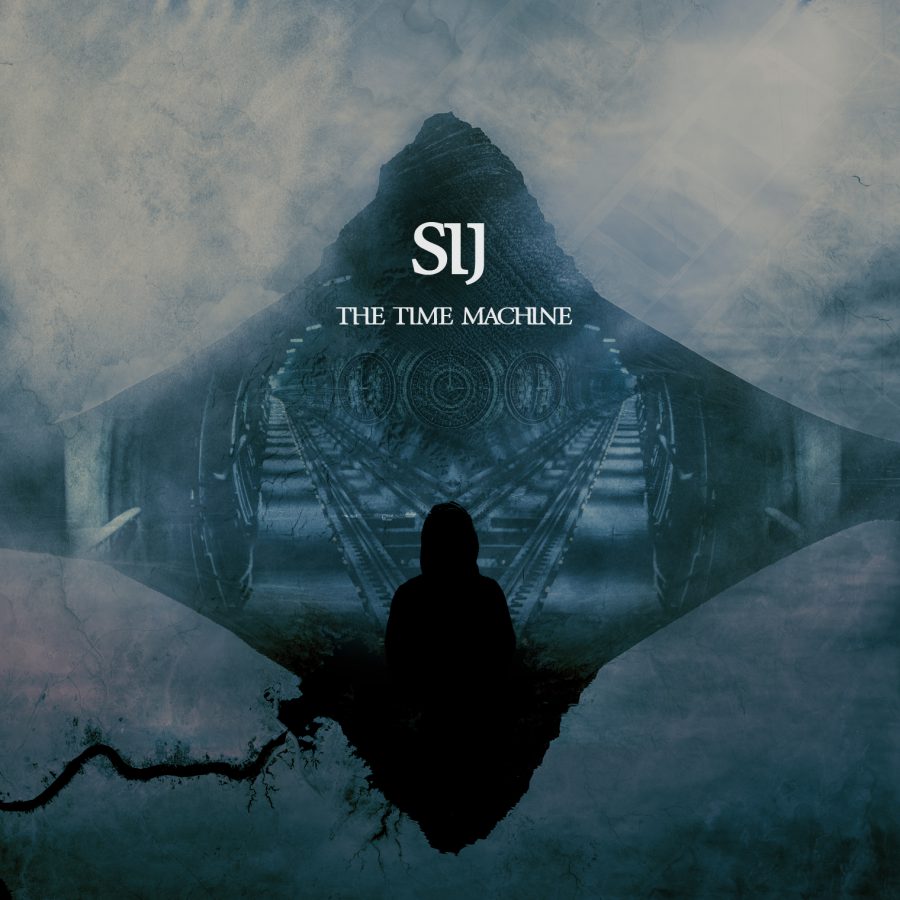
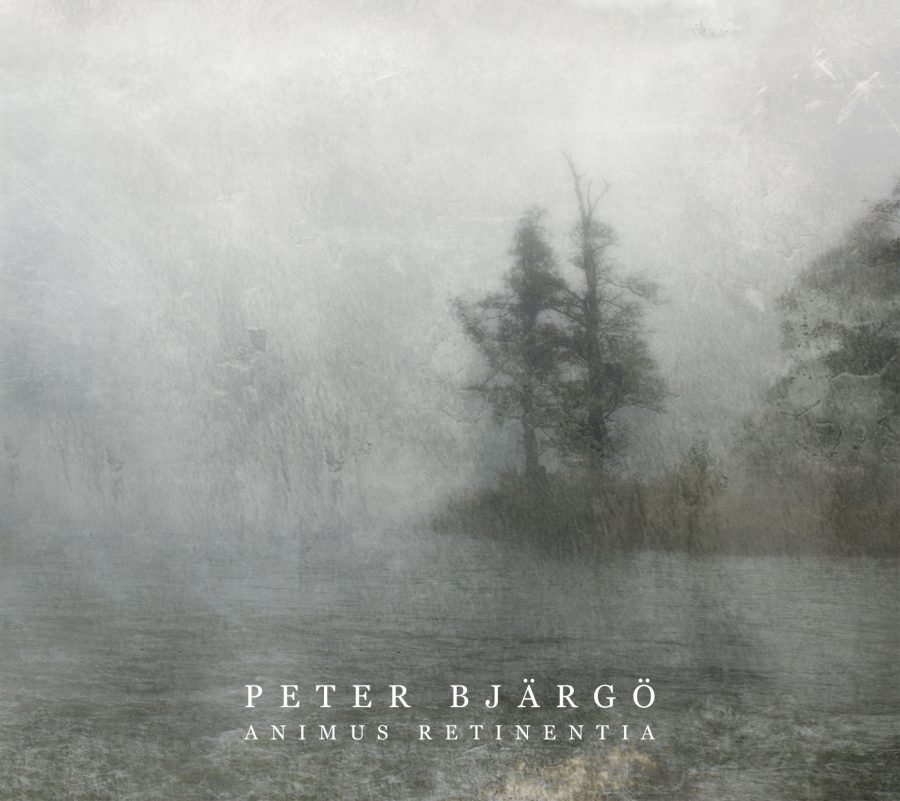
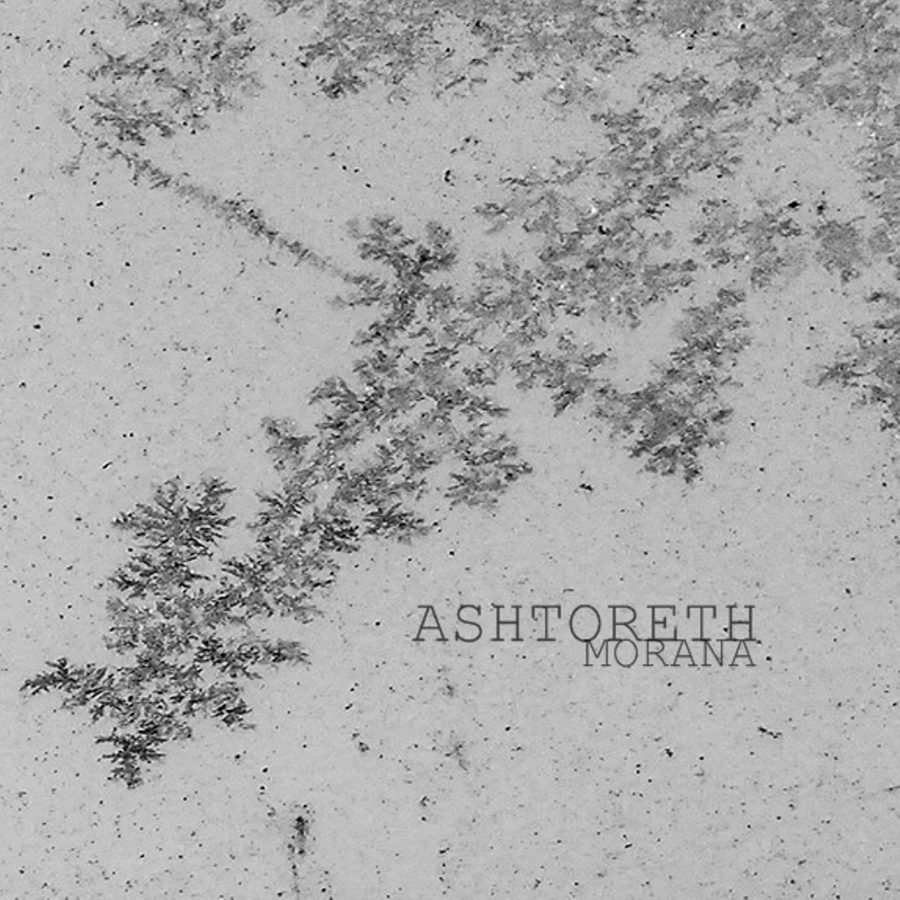
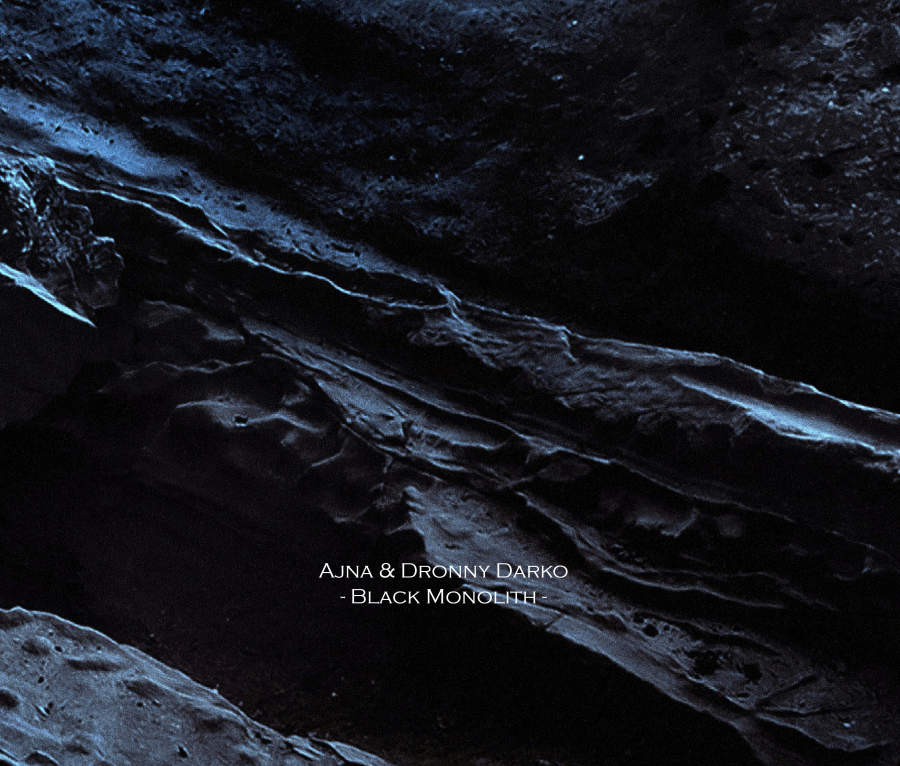
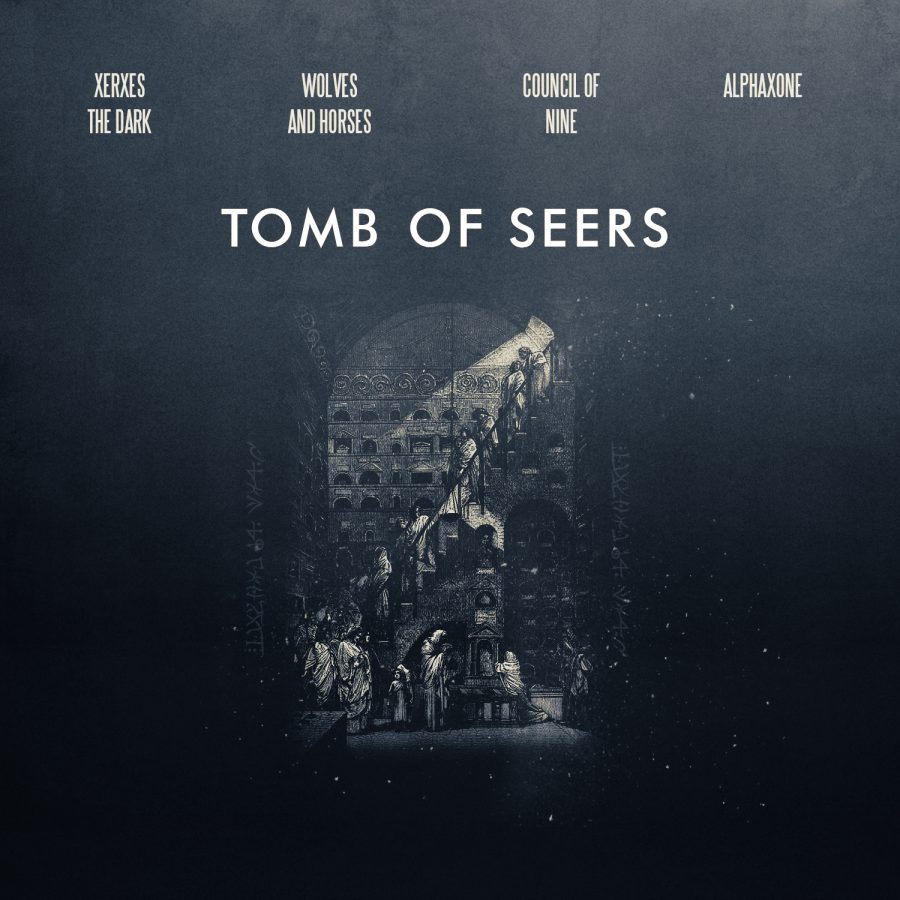
 these more compiled works coherent and centralized is their strict adherence to themes. On Tomb of Seers, once again Cryo Chamber proves that they can step outside the normal boundaries and still manage to release a brilliant album which receives as much love from new fans as it does from those who have been following the genre for the last 25 years.
these more compiled works coherent and centralized is their strict adherence to themes. On Tomb of Seers, once again Cryo Chamber proves that they can step outside the normal boundaries and still manage to release a brilliant album which receives as much love from new fans as it does from those who have been following the genre for the last 25 years. focused on the loftier goal of bringing full civilizations into the mix, Tomb of Seers is able to focus on a more specific concept, that of the seer. The seer is something like a fortune teller, but much more revered. Like the town’s shaman, or the virgin oracle of Delphi atop Mount Parnassus, the seer is able to give advice, premonitions, and warnings to those who would seek their counsel.
focused on the loftier goal of bringing full civilizations into the mix, Tomb of Seers is able to focus on a more specific concept, that of the seer. The seer is something like a fortune teller, but much more revered. Like the town’s shaman, or the virgin oracle of Delphi atop Mount Parnassus, the seer is able to give advice, premonitions, and warnings to those who would seek their counsel. While Alphaxone and Council of Nine seem to be honing their talents, reigning in their visions, there is also new blood in the waters. Xerxes the Dark, long-time colleague of Alphaxone, both hailing from Iran, finds himself on his first foray into the Cryo Chamber discography. His track “Ethereal” has a wondrous feel to it, with a mood that is slightly brighter than that of the previous tracks. On “Omniscient” Xerxes the Dark takes us on an aural voyage, filled with field recordings which give the album even more depth. His conservative use of drone, along with these field recordings makes it possible for listeners to close their eyes and take that aural journey into lands long forgotten, searching for answers to the age-old existential questions. A performance of this caliber is sure to increase the likelihood of hearing more from Xerxes the Dark on the Cryo Chamber label for future releases.
While Alphaxone and Council of Nine seem to be honing their talents, reigning in their visions, there is also new blood in the waters. Xerxes the Dark, long-time colleague of Alphaxone, both hailing from Iran, finds himself on his first foray into the Cryo Chamber discography. His track “Ethereal” has a wondrous feel to it, with a mood that is slightly brighter than that of the previous tracks. On “Omniscient” Xerxes the Dark takes us on an aural voyage, filled with field recordings which give the album even more depth. His conservative use of drone, along with these field recordings makes it possible for listeners to close their eyes and take that aural journey into lands long forgotten, searching for answers to the age-old existential questions. A performance of this caliber is sure to increase the likelihood of hearing more from Xerxes the Dark on the Cryo Chamber label for future releases. With top-notch performances by each of the artists involved in Tomb of Seers, Cryo Chamber gives us an album which is sure to have as much of an impact as Tomb of Empires did, years before. Alphaxone and Council of Nine both present us with career topping performances, while Xerxes the Dark as well as Wolves and Horses give us a taste of where the future may lie in this dark ambient label. A label which has made monumental advancements within its short lifespan. Tomb of Seers is as potent of an album for die-hard dark ambient fans as they could ask for, while it has enough activity and breadth of styles to be a first stop for the newest wave of fans, having just fallen for dark ambient over the last year. It’s albums like Tomb of Seers that prove the wide range of formats that Cryo Chamber is willing to conquer. Never settling down, never devolving into repetition, Tomb of Seers is one more masterpiece in the ever-expanding catalog of Cryo Chamber masterpieces.
With top-notch performances by each of the artists involved in Tomb of Seers, Cryo Chamber gives us an album which is sure to have as much of an impact as Tomb of Empires did, years before. Alphaxone and Council of Nine both present us with career topping performances, while Xerxes the Dark as well as Wolves and Horses give us a taste of where the future may lie in this dark ambient label. A label which has made monumental advancements within its short lifespan. Tomb of Seers is as potent of an album for die-hard dark ambient fans as they could ask for, while it has enough activity and breadth of styles to be a first stop for the newest wave of fans, having just fallen for dark ambient over the last year. It’s albums like Tomb of Seers that prove the wide range of formats that Cryo Chamber is willing to conquer. Never settling down, never devolving into repetition, Tomb of Seers is one more masterpiece in the ever-expanding catalog of Cryo Chamber masterpieces.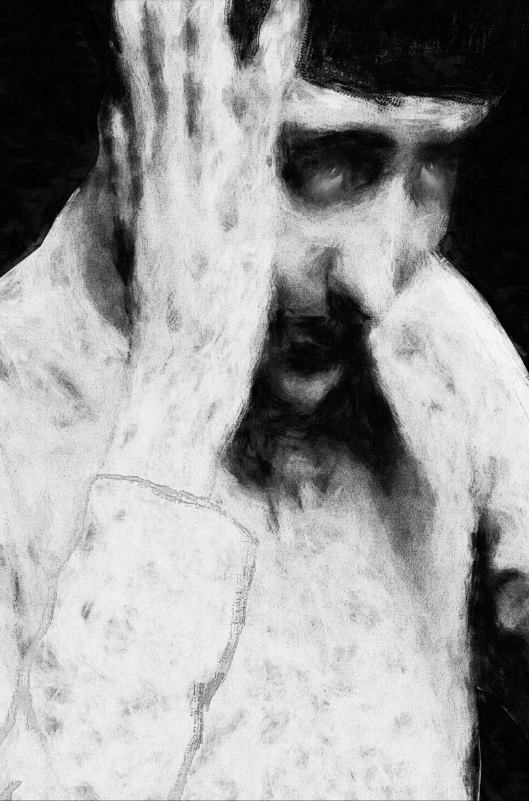
 Apocryphos is far from the only project that fans know Kozletsky from, he first came onto the dark ambient scene a few years back, fresh out of college, with his project Psychomanteum, of which he was one of two members. Despite its general praise among listeners, Psychomanteum was short-lived, only producing one full length album. Maybe out of the frustration from Psychomanteum breaking up, or maybe just due to the pitiful state of humanity in the modern world, Kozletsky needed to let off some steam. Shock Frontier was the project which allowed him to take out his sonic rage on innocent listeners. The Shock Frontier debut on Malignant Records was a powerful death industrial album, rivaling some of the greats of the genre.
Apocryphos is far from the only project that fans know Kozletsky from, he first came onto the dark ambient scene a few years back, fresh out of college, with his project Psychomanteum, of which he was one of two members. Despite its general praise among listeners, Psychomanteum was short-lived, only producing one full length album. Maybe out of the frustration from Psychomanteum breaking up, or maybe just due to the pitiful state of humanity in the modern world, Kozletsky needed to let off some steam. Shock Frontier was the project which allowed him to take out his sonic rage on innocent listeners. The Shock Frontier debut on Malignant Records was a powerful death industrial album, rivaling some of the greats of the genre. Pulsed In A Dull Glass Bell finds its perfect forum in the cassette format. It should be listened to at full volume. This is something that is often said about death industrial albums, and barely holds true, if at all. Not so with Pulsed In A Dull Glass Bell. The tape hiss becomes part of the music, the sounds terrorize the speakers before plunging into a brooding staticy darkness. Tortured souls meet soulless victims. The mind is torn to pieces as the listener becomes fully encapsulated in this grotesque offering.
Pulsed In A Dull Glass Bell finds its perfect forum in the cassette format. It should be listened to at full volume. This is something that is often said about death industrial albums, and barely holds true, if at all. Not so with Pulsed In A Dull Glass Bell. The tape hiss becomes part of the music, the sounds terrorize the speakers before plunging into a brooding staticy darkness. Tortured souls meet soulless victims. The mind is torn to pieces as the listener becomes fully encapsulated in this grotesque offering.